Due to a minor leg injury I had to go to my hospital today and I was not able to achieve what I intended to do. The little I was able to achieve included welding of 5 new bandsaw blades. In this I was helped a lot by the web entry I had made in October 2014, I think.
On return from the hospital I set out to construct the pusher/planer angle jig and that is shown below. The metal part is not yet fixed, but it is almost there. The aluminum part is 1 mm thick. It represents 10 % of the thickest portion of my hashies and in that respect it is not exactly infinitesimally small in thickness.

My gut feeling now is that I should not plane all the way up to this metal. If I stop planing 15 mm in front of it my planing depth at that point should be infinitesimally small, both in theory and practice. I can then easily sand down that line of inflexion on my belt sander.
Next photo shows the forward end stopper. It is merely a piece of wood, fixed on the plane bed with a J clump, and its position can be changed easily.

I have not yet used this setup and I will do so tomorrow. On the sanding front, there was a unexpected discovery. It is a holding jig which originally came with the belt sander I am using now. There is a disk sanding arrangement, as you can see in this photo.

My 45 degree faces will only need light sanding to remove saw traces. I ordered sanding discs and I will be using this a lot in future. Up until now, I have been using the main belt sander for everything, and sometimes I found it to be too abrasive.
My new sanding discs will be Velcro fixed, so should be loaded lightly just as I intend to do...
On other fronts there are things going on, but they are all under control.
On return from the hospital I set out to construct the pusher/planer angle jig and that is shown below. The metal part is not yet fixed, but it is almost there. The aluminum part is 1 mm thick. It represents 10 % of the thickest portion of my hashies and in that respect it is not exactly infinitesimally small in thickness.

My gut feeling now is that I should not plane all the way up to this metal. If I stop planing 15 mm in front of it my planing depth at that point should be infinitesimally small, both in theory and practice. I can then easily sand down that line of inflexion on my belt sander.
Next photo shows the forward end stopper. It is merely a piece of wood, fixed on the plane bed with a J clump, and its position can be changed easily.

I have not yet used this setup and I will do so tomorrow. On the sanding front, there was a unexpected discovery. It is a holding jig which originally came with the belt sander I am using now. There is a disk sanding arrangement, as you can see in this photo.

My 45 degree faces will only need light sanding to remove saw traces. I ordered sanding discs and I will be using this a lot in future. Up until now, I have been using the main belt sander for everything, and sometimes I found it to be too abrasive.
My new sanding discs will be Velcro fixed, so should be loaded lightly just as I intend to do...
On other fronts there are things going on, but they are all under control.












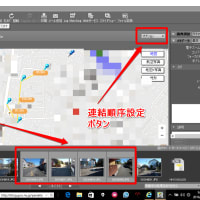
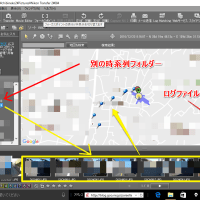
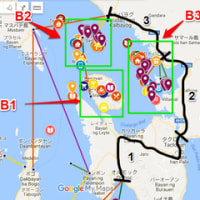

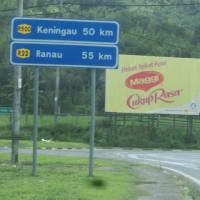


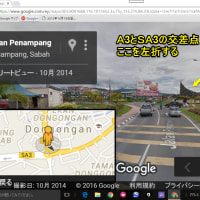
※コメント投稿者のブログIDはブログ作成者のみに通知されます